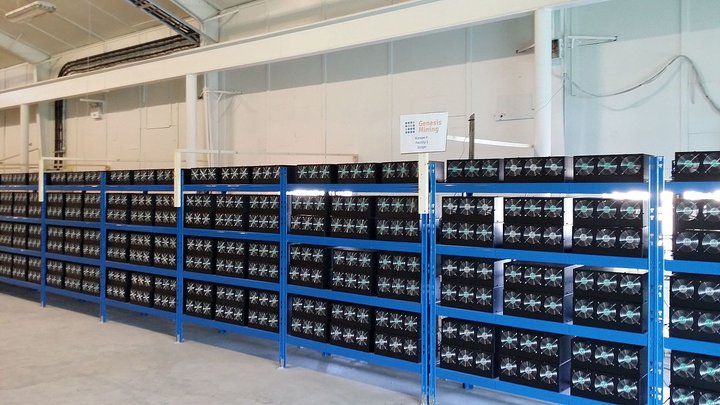I’m intrigued, dazzled, baffled and intimidated by Bitcoin, the oldest (2009) and largest cryptocurrency. I first wrote about it five years ago, before it became a “thing” that, it seems, everyone now has an opinion about. Back then, I compared Bitcoin to paper money, imagining what the doges of Venice might have thought when Marco Polo, returning from China, enthused about the “paper money” he’d seen in use there. He later wrote, “All these pieces of paper are issued with as much solemnity and authority as if they were of pure gold or silver…[a person can] transact all sales and purchases of goods by means of them just as well as if they were coins of pure gold.”
Paper money is fiat money. Fiat, Latin “it shall be,” is currency created and legitimized by governments. That works OK so long as the government can be trusted. When people lose trust in the government — such as in 1922 during the German Weimar Republic, or in 2013 when, overnight, the nearly bankrupt Government of Cyprus levied a 47.5% “tax” on deposits held by the Bank of Cyprus — the system fails. Suddenly a piece of paper, which yesterday would have bought a full bag of groceries, is worthless. (Remember, it was only in 1964 that U.S. Treasury ceased minting silver coins, when the silver content exceeded the face value. A 1964 quarter now has a silver bullion value of nearly $5.)
Which is why Bitcoin and other cryptocurrencies have attracted so much attention, since they’re not dependent on governments for their value. Bitcoin itself is inflation-proof, i.e. no chance of the hyperinflation that beset, for instance, Germany in the 1920s. Once 21 million Bitcoins have been mined, which will happen around the year 2040, that’s it. This is the genius of Bitcoin: it was set up this way from the get-go, unlike, say, the number of US dollars in circulation, which changes at the whim of the government.
The key to the success of Bitcoin is the blockchain, a single, public ledger, stored in multiple copies on about 100,000 “nodes” around the world, manned by an estimated one million individuals. Most of these nodes are operated by “miners.” New Bitcoins are mined at a predetermined rate set by computers (about 900 per day), and a miner is paid—both for success in mining and for maintaining their node — in Bitcoins. I’ve explained it here and here.
Will Bitcoin, or cryptocurrencies in general, one day supersede fiat currency? Judging by how fast it’s been accepted, that’s a real possibility. It took just 12 years for the market cap of Bitcoin to reach $1 trillion. Compare that with Microsoft (44 years), Apple (42) and Google (21).
I can’t write about Bitcoin without discussing its impact on the environment, since huge amounts of energy are needed to operate a Bitcoin mine. Here’s one way of looking at it: The global banking industry consumes some 250 terawatt-hours per year, about 1% of the global energy consumption of 23,000 TWH/year. (Manufacturing = 77% of that, mining = 12%, construction = 7%, agriculture = 4%.) Meanwhile, Bitcoin miners consume between 32 and 110 TWH/year—it’s hard to estimate. Much of that—at least half—comes from renewable energy or from surplus “stranded” gas that would otherwise be flared off. (Norway offers subsidies to miners to use local hydroelectric sources.) Here’s a positive spin on Bitcoin’s energy use.

Bitcoin mining “farm” in Iceland, where cheap electricity is available from hydro and geothermal sources. Photo: Marco Krohn, via Wikimedia. Creative Commons license.
I wrote, “Publications including Fortune, Business Insider and The Street have run over 100 ‘death of Bitcoin’ stories in the last five years, which hasn’t stopped Bitcoin startups from raising more than a billion dollars in that time.” That was in May 2016, when Bitcoin was trading at about $450. Since then, it’s been redefining the word “volatility”: last March, it was trading at over $60,000, while summer saw it down to $32,000. Now it’s yo-yoing between $42,000 and $69,000. (In case it’s not obvious, I’m the last person to ask about investments, so don’t use any of the above as a guide.)
Ponzi or currency of the future? Dunno. Ask me in five years.
CLICK TO MANAGE